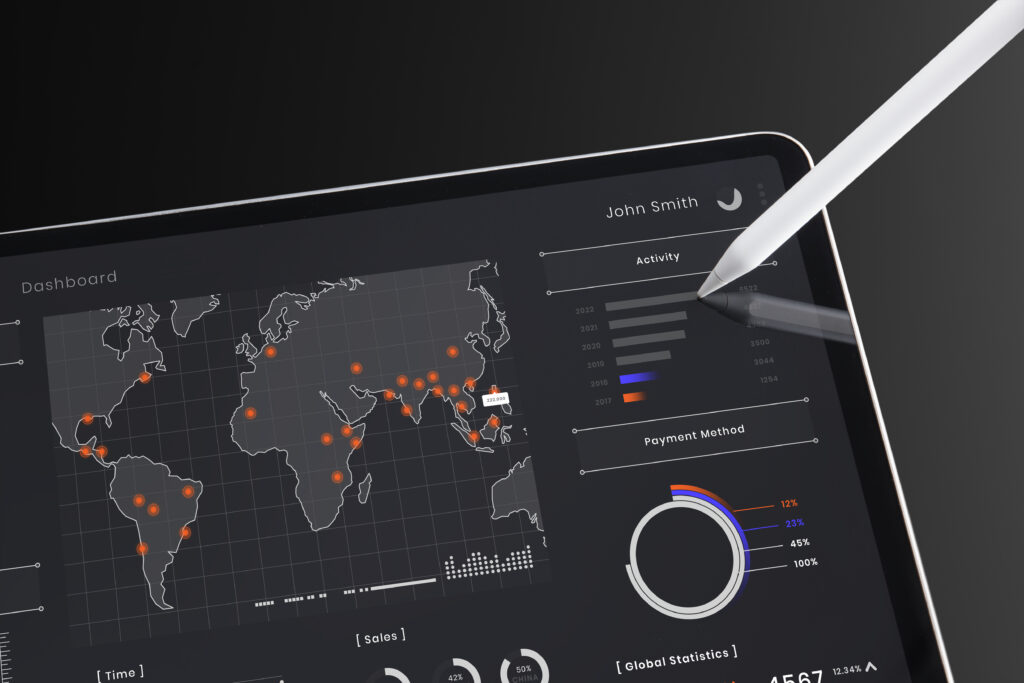Imagine it’s your company’s biggest sales day of the quarter. Web traffic is surging. Transactions are piling up. Then, your network drops. It takes only a few minutes before the dashboard lights up with alerts, support lines are flooded, and transactions vanish into the void. The damage is instant. The recovery? Not so much. Uptime still matters and resilient networks prove it, not in theory, but in the daily grind of real-world operations.
Reliability isn’t just a technical checkbox. It’s a defining factor of customer experience, revenue retention, and brand reputation.
The Limitations of “Five Nines”
Historically, IT teams pursued the “five nines” uptime goal—99.999% availability, which translates to just over five minutes of downtime per year. On paper, it sounds ideal. In practice, those five minutes can be surprisingly disruptive.
For example, financial trading platforms operate on milliseconds. A few minutes of service degradation during peak market hours can translate to significant financial loss. Similarly, e-commerce platforms processing thousands of transactions per second can see immediate cart abandonment, lost revenue, and customer churn.
Worse yet, not all downtime is created equal. Performance degradation—where services technically remain online but slow to a crawl or become partially unresponsive—isn’t always captured in uptime metrics but can be equally damaging.
Resilience Is Not Just Redundancy
Too often, resilience is mistaken for redundancy. But having backups in place doesn’t guarantee continuity.
Redundancy ensures alternate systems exist.
Resilience ensures those systems activate seamlessly and maintain service continuity under stress.
Take a cloud-hosted CRM platform, for instance. A redundant system might mirror data across two regions. But if failover introduces a 30-minute lag or forces user reauthentication, it disrupts workflow. A resilient setup would redirect users automatically, maintain session states, and preserve transactions in real time.
This distinction isn’t just theoretical—it determines whether users experience a hiccup or a complete halt.
Downtime Leaves Lasting Impressions
Even minor downtime carries heavy consequences. Customers remember service interruptions, not the explanations that follow. A brief disruption might be forgivable, but if it occurs during a crucial transaction or meeting, it leaves a lasting negative impression.
Consider the 2017 British Airways incident. A single IT systems failure led to canceled flights for 75,000 passengers and an estimated financial hit of $100 million. Systems came back online within 24 hours, but the reputational damage lingered far longer.
In a competitive market, one service failure can drive customers to a competitor that appears more reliable.
The Internal Fallout from Outages
The impact of downtime isn’t limited to users. Internally, it ignites stress across departments:
-
IT teams shift to emergency mode, attempting to trace root causes under pressure.
-
Sales staff lose deals due to stalled systems.
-
Executives face tough questions from stakeholders.
Organizations with resilient networks reduce these scenarios. Through automation, intelligent failover, and predictive maintenance, fewer incidents escalate to critical levels. Consequently, teams spend less time reacting and more time focusing on strategic goals.
Resilience as a Pillar of Continuity
Resilience isn’t just a best practice; it’s a necessity for businesses in regulated or mission-critical sectors.
In healthcare, for example, system downtime can delay diagnosis or impact patient safety. Likewise, in manufacturing, disruptions to control systems may pause production lines, leading to missed delivery windows and contractual penalties.
That’s why resilient networks are essential to keeping critical systems available—or recovering them with minimal delay—even during infrastructure stress or cyber incidents. They remain a foundational component of business continuity planning.
Monitoring Isn’t Enough
Real-time monitoring is essential, but passive. It alerts administrators once something has already gone wrong.
Resilient networks incorporate predictive analytics, automated remediation, and dynamic routing to address issues before users notice:
-
Load balancing distributes demand proactively to avoid system overload.
-
Anomaly detection identifies early indicators of failure.
-
Self-healing scripts reroute traffic or restart services instantly.
These practices transform monitoring from a reactive dashboard into a proactive engine for stability.
Hybrid Work Changed the Equation
The rise of hybrid and remote workforces has scattered the traditional network perimeter. Employees now access systems from home offices, public networks, and mobile devices. This fragmentation introduces new weak points.
Organizations need resilient network strategies that:
-
Securely authenticate remote users without introducing friction.
-
Optimize performance across varying internet connections.
-
Maintain endpoint visibility for troubleshooting and patch management.
Without resilience built into this decentralized model, IT teams face rising incidents, frustrated users, and blind spots in response efforts.
Vendor Dependencies Create Invisible Risks
No organization operates in isolation. Today’s IT environments rely on an ecosystem of cloud providers, APIs, and third-party integrations. When one of them fails, it affects your users, whether you’re technically at fault or not.
Take cloud hosting: even the most stable providers experience occasional outages. In December 2021, AWS experienced a regional disruption that affected countless businesses across sectors.
To mitigate this risk, organizations are:
-
Auditing vendor SLAs for failover guarantees.
-
Architecting critical services for multi-cloud availability.
-
Using caching and graceful degradation techniques to maintain the user experience during outages.
Better Metrics, Smarter Decisions
Traditional network metrics—like uptime percentages or mean time to recovery—offer historical snapshots. But resilience demands forward-looking indicators.
Modern IT leaders track:
-
Time to detect anomalies
-
Automated recovery success rates
-
Impact containment effectiveness
These metrics reveal how effectively a system anticipates and neutralizes problems, not just how quickly it recovers after failure.
Resilience is a Business Advantage
The operational environment has grown too complex for static infrastructure. Only adaptive systems can keep pace with unpredictable demand surges, cyber threats, and the realities of distributed work.
Uptime still matters, and resilient networks prove it day in and day out. They reduce user friction, protect revenue, and minimize disruption before anyone notices.
Companies that prioritize resilience invest in more than just technology. They build trust, internally and externally, and future-proof their operations against whatever comes next.
And when choosing IT partners, infrastructure, or strategic tools, the real question isn’t “What’s the SLA?” It’s:
“Can we stay running when everything else says we shouldn’t?”





